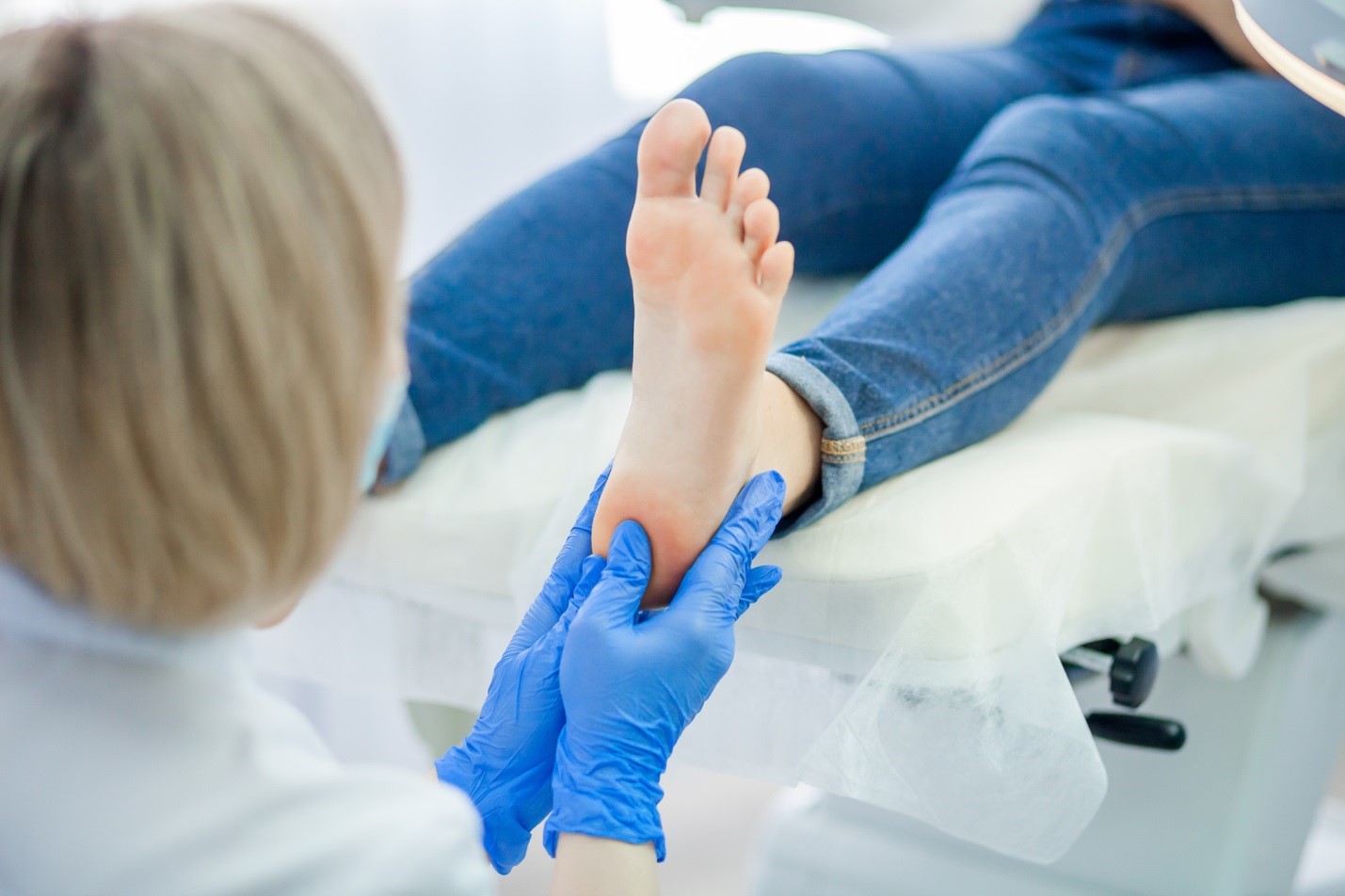A specialist in physiotherapy Singapore practice is proficient in detecting and dealing with the joint and muscle mass troubles in that area. Your General Practitioner may refer you to a professional physiotherapist rather than to a rheumatologist or orthopedic specialist.
At these sessions, the physio will assess the condition that the individual remains in and aid produce a strategy to strengthen the areas that are of the most priority.
Physical rehabilitation treatment mix
There are numerous various physiotherapy techniques that are utilized throughout treatment. While the mix is not the same for everyone, these are the most usual methods that are used.
- Joint mobilizations to loosen up rigid joints
- Massage releases to reduce muscle knots and convulsion
- Workouts and stretches to boost control, equilibrium, strength, and pliability
- Dry needling to discharge muscle trigger points, minimize pain, and enhance recovery of tendinopathy
- Strapping to fortify damaged joints, tendons, or muscular tissues and improve pose
- Posture, way of living, and ergonomic guidance to determine causative variables for your problem
- Electrotherapy machines to enhance healing rates and reduce pain
Joint mobilization or manipulation
Joint mobilization increases the range of movements of joints and can significantly aid improve an individual’s life. This strategy is done by focusing on a normal series of pain-free motion.
Physiotherapy Taping
Your physiotherapist could use taping or strapping to immobilize specific joints. This can take the stress off of strained regions and permit much better healing.
Ultrasound
Ultrasound is one more strategy that is often utilized to aid with physiotherapy treatment. Ultrasound supplies a deep heating effect explicitly into muscle mass and soft tissues. Heating damaged regions up boost blood flow and can boost good recovery.
What else to expect
If you’ve never had physiotherapy before, or if you have had a bad experience in the past, it can be intimidating to take that very first step through the door. You could be worried about what’s in store: Will it hurt? Will it even be useful? Could it do even more risk than good? Feel confident that done effectively physical rehabilitation is a very collaborative type of treatment, and you’ll be part of the process every step of the way.
So what takes place during a physiotherapy session?
Your physiotherapy sessions last between 45 minutes and an hour. What they comprise will depend entirely on the information that you provide the physiotherapist and the development that you make.
Your physiotherapist will start by asking you inquiries and analyzing the joint( s) you’re finding painful. This assessment will let them tailor the treatment to your demands. Therapy might include:
- A program of certain workouts
- Basic recommendations on increasing your activity degree and preventing exercise-related injuries
- Pain-relief therapies such as heat or ice bags, TENS (transcutaneous electrical nerve stimulation) devices, massage therapy, manipulation, acupuncture, or taping
- Offering walking aids or splints to help you remain mobile and self-sufficient.






